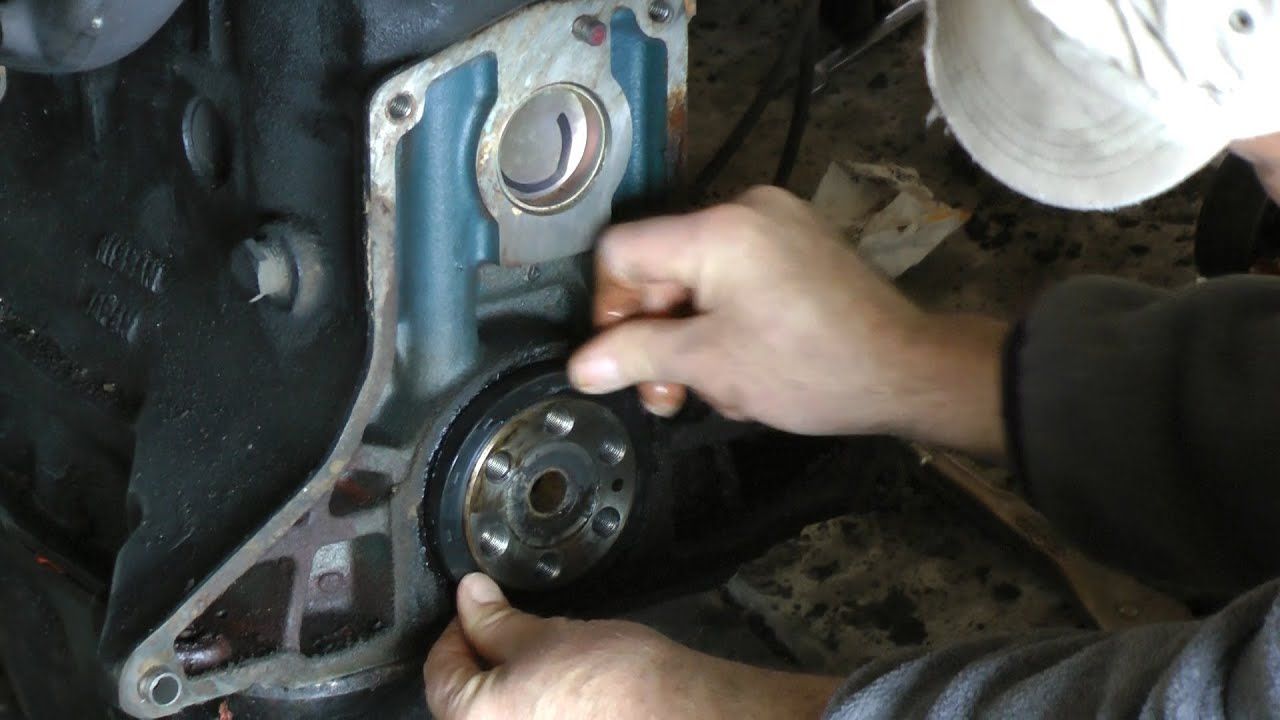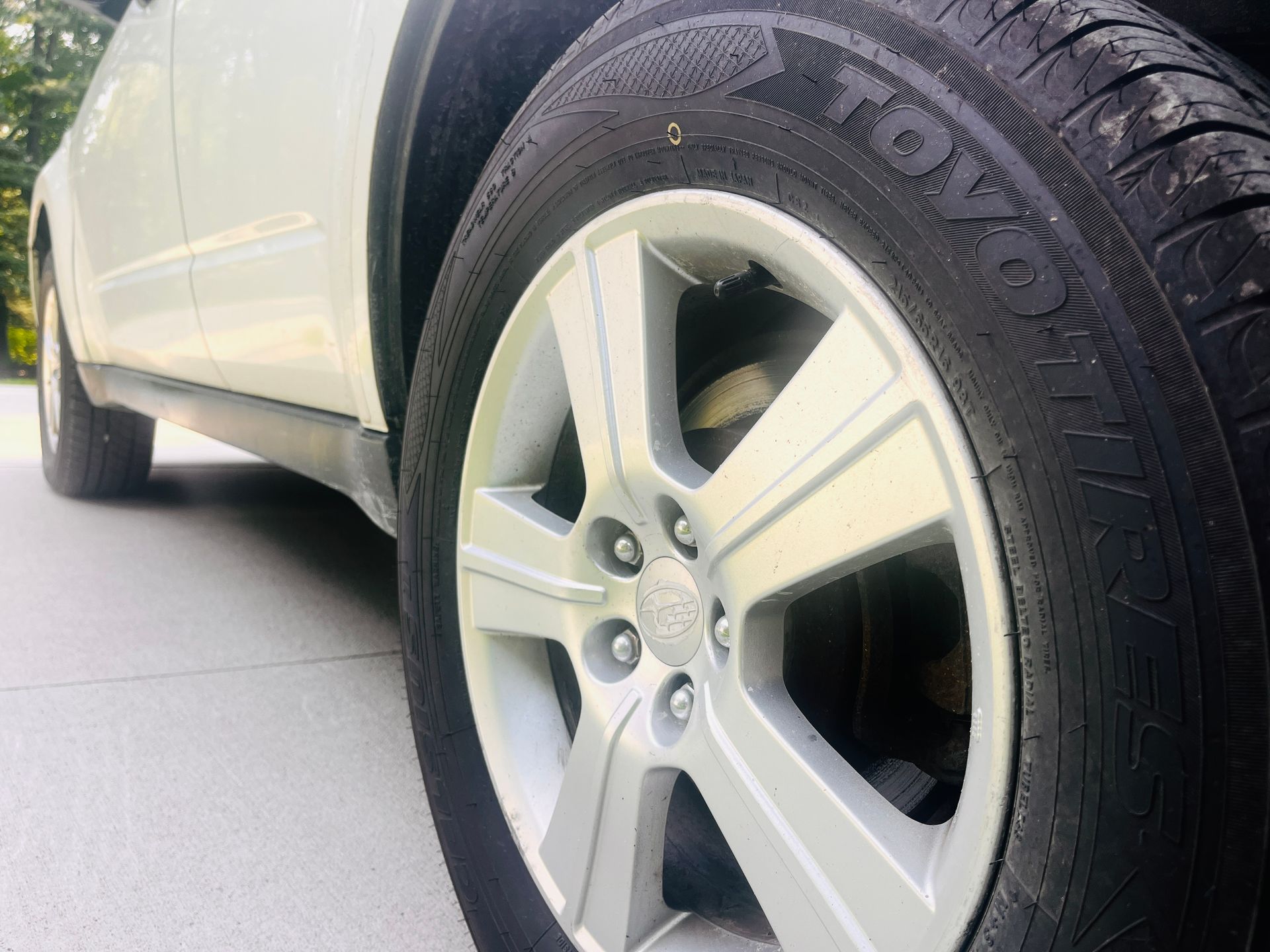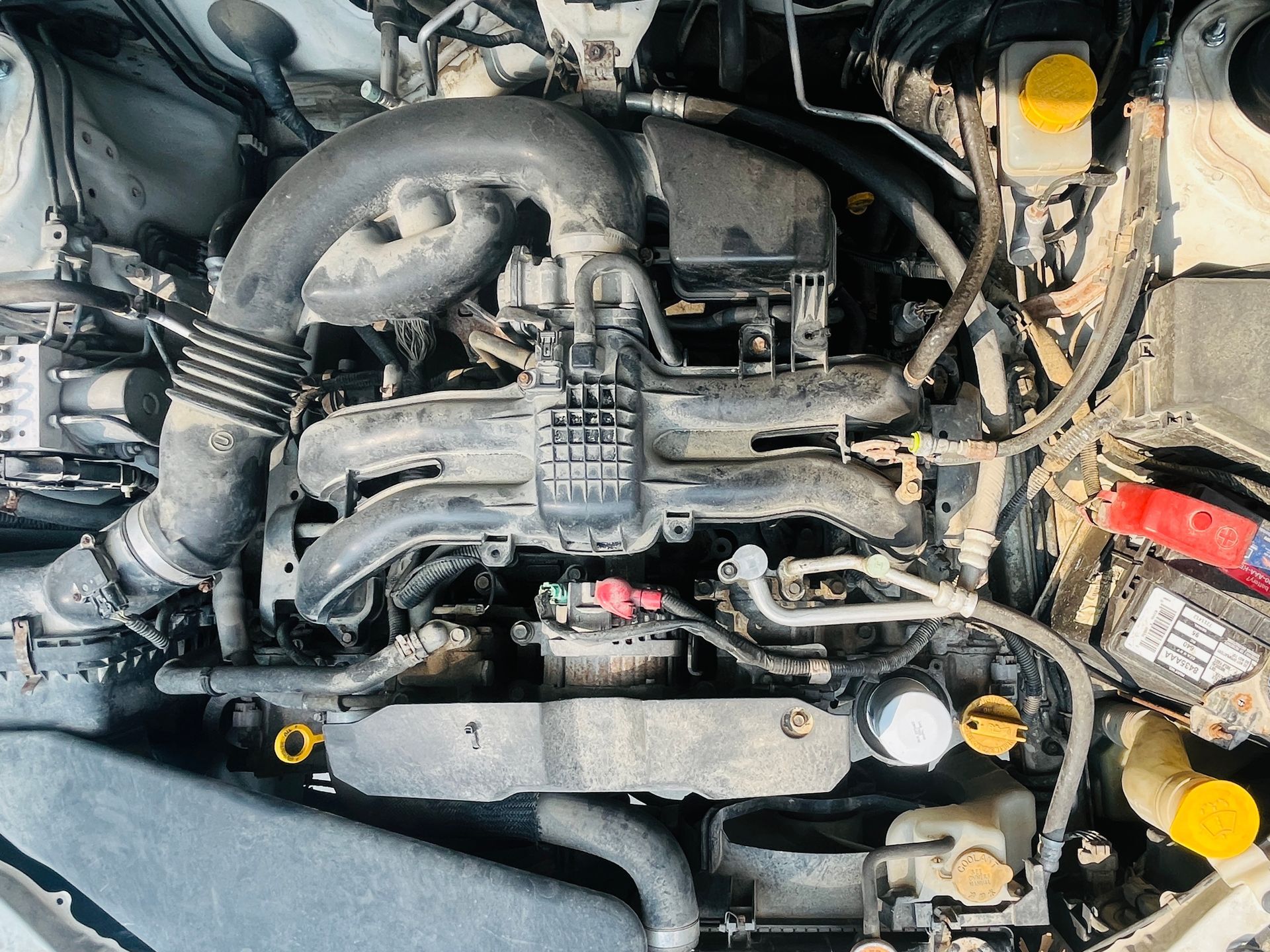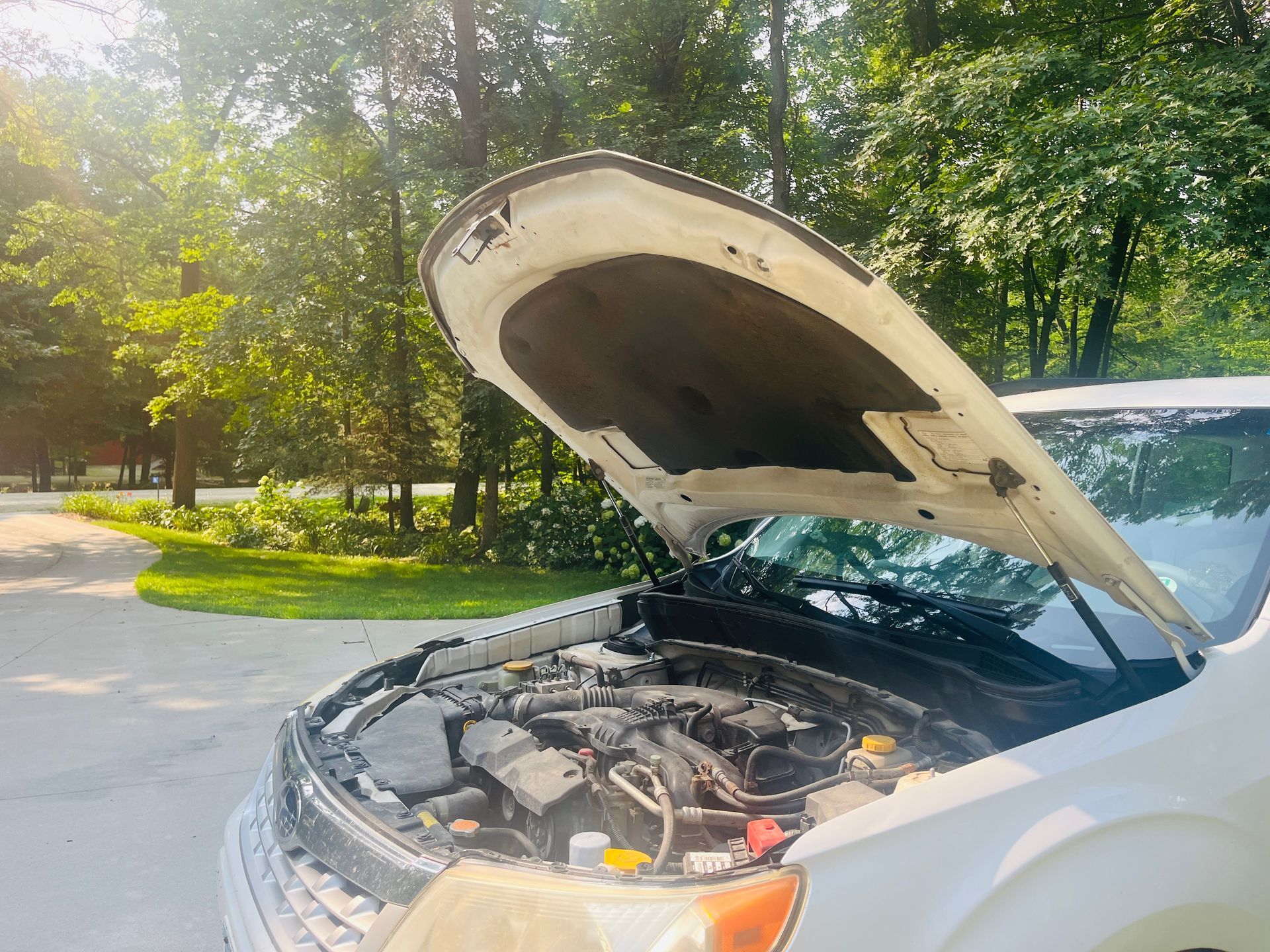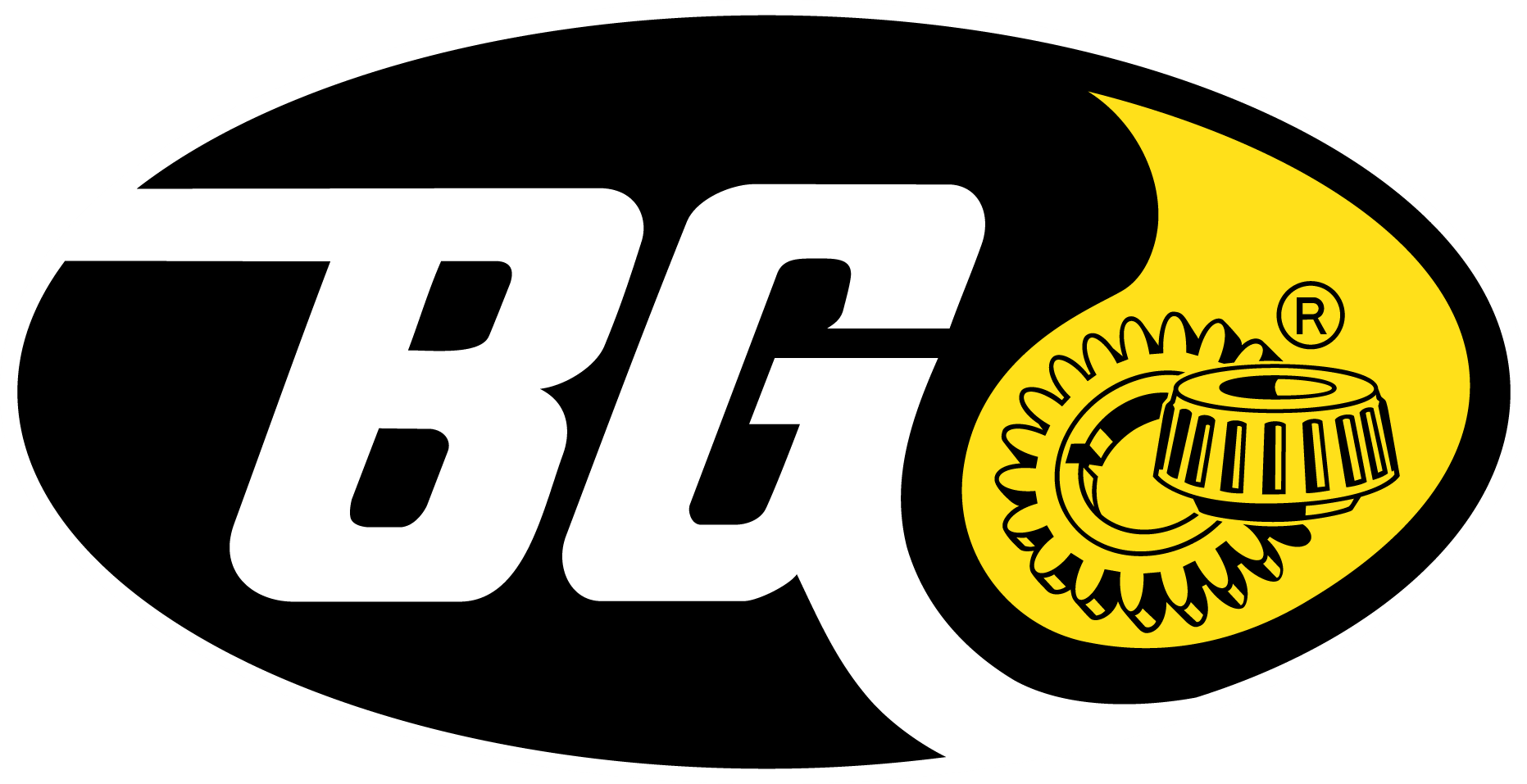Call us: (507) 226-8330
SOLUTIONS FOR BUILT UP PROBLEMS
June 6, 2017
What are the most difficult relationships in your life? What do you do to foster better relationships? How do you model good relationships to others in your life … perhaps even to people that you don’t even realize you have an influence on? Do others see the fruit of the spirit in you—love, joy, peace, patience, kindness, goodness, faithfulness, gentleness and self-control? Could you use a little more of any of these? And what about compassion? Do you try your best to understand others, see things from their perspective, offer grace in their faults and strive to communicate better with them?
In an effort to do these things, my mother-in-law (one of my most favorite people who has always modeled and shared much fruit with me and others) and I have read a book alongside one another. For both of us, it is one of the most profound books we’ve ever read. What it teaches is really quite simple, but they are not ideas we usually sit around pondering. After reading the book, we have learned to understand ourselves and others in a whole new way and by doing so, we’ve learned to have more compassion, relate better with everyone we meet, and have deeper insight into why we and others are the way we are.
The book I speak of is “The Seven Desires of Every Heart” by Mark and Debbie Laaser. According to them, the seven desires of each of our hearts are: to be heard and understood, to be affirmed, to be blessed, to be safe, to be touched, to be chosen and to be included. The authors define each desire, why they are important, explain how people react and cope when their desires are not met, ways to meet them, and how oftentimes, the problem or behavior exhibited is a result of an unmet desire.
What compounds the complexity of understanding others is that many are not necessarily well versed in how to share their feelings or even what they are feeling in the first place. In our fast-paced world, how many of us slow down enough to ask questions regarding feelings? I’ve been married to a man for almost 20 years, I have three sons, and I work with a whole lot of men. From my experience, I can tell you feelings are not something often spoken of and often times, negative ones are held inside until there is an explosion. On many occasions, had I been more in-tune to non-verbal cues, alterations in attitudes or destructive coping mechanisms, I probably would have been able to disarm a bomb before it blew up.
More than anything, I wish that, in a moment of knowing there is a problem (however big or small), I could give someone I am in a relationship with a magic pill to fix it. I am a fixer. In fact, in considering my own seven desires, I have found that I am so busy trying to meet everyone else’s, I rarely think about what I need and/or may be missing. Does this sound like any of you? If so, I would highly recommend this book.
Just as when people let negative emotions build up and a small problem becomes a big one over time, the same is true for your vehicle if it has a direct injection engine. Over time, carbon deposits build up and small problems start to develop which eventually turn into bigger ones. Unlike relationships, however, when it comes to the “build-up” inside our cars, a magic pill of sorts has been developed. And when the build up is too great, there is another service to help blast away the build up.
Let me explain.
Gasoline and diesel direct injection (DI) engines have more power and better performance than those without DI. This is why their use has dramatically increased over the last several years. However, as these engines have been evaluated over time, the carbon build-up has become such a significant problem, it became necessary to develop a solution to remove caked on carbon. It’s called the walnut blaster, and was developed to solve a problem that started small but turned big; I wrote about this in a previous article, which you can find online in my article archive.
Do you have a DI engine? As your vehicle has aged, have you noticed decreased MPG or loss of power? Have you felt hesitation or does it have a rough idle? If you have observed any of these, there is a chance it could be from the build up of carbon in your vehicle’s fuel system.
The age and mileage of the vehicle will determine the amount of carbon build-up potentially present. Some people notice a performance decrease in as early as 3,000 miles, while others don’t notice because it’s happened gradually over time.
What if, in the early stages of a car’s life, there was a way that prevented the thick build-up in the first place? As challenging as this seems, some fluid companies have taken this problem seriously and developed products that can dissolve the build-up on a regular basis, preventing the expensive nut blasting repair and also enabling your DI engine to perform at its best with their maintenance solution.
BG is one such company. Their GDI Fuel/Air Induction service delivers specific chemicals to the right places at the right time using their specialized equipment. Their product dissolves the carbon deposits and keeps your vehicle performing at it’s best.
As with any maintenance service, it should be performed on a regular basis—every 15,000 miles. In doing so, you’ll not only have a more powerful ride, but the life of your engine will be increased and more expensive repairs could be avoided.
Does this “magic pill” (or fluid) sound too good to be true? It certainly did to me—until customers started raving after the service. As they say, the proof is in the pudding. Or in this case, the proof is in the restored performance, fuel efficiency, and decrease in harmful emissions.
In our lives and the lives of our vehicles, we have tools at our disposal—books, and fluids, in this case—that will help us to become better, more compassionate people who drive healthy, more powerful and efficient vehicles.

